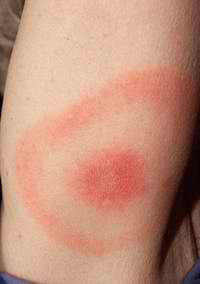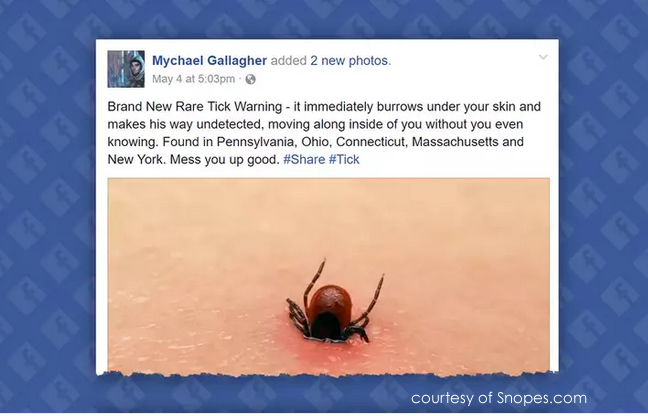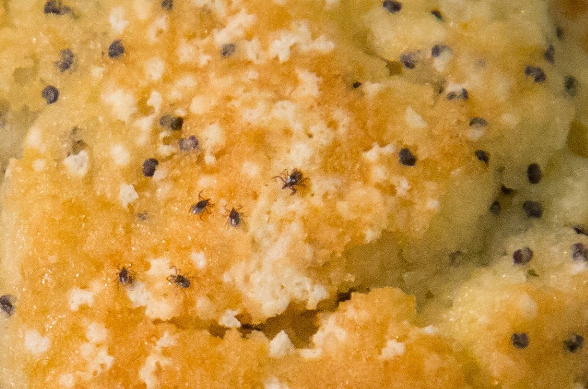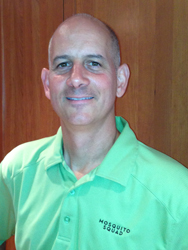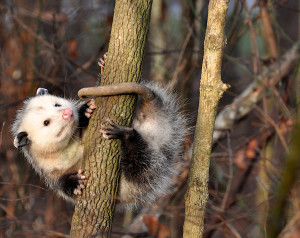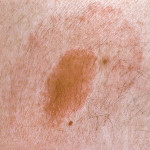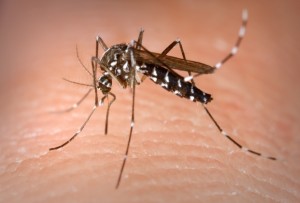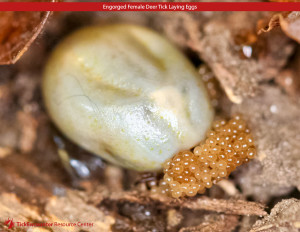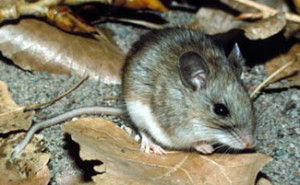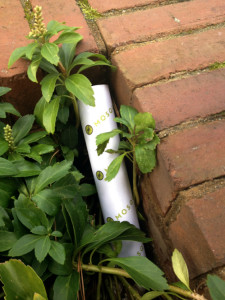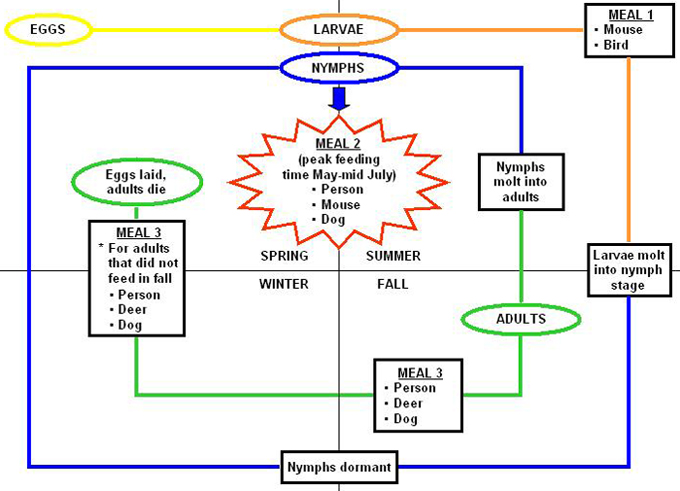I recently wrote about how opossums are an important part of tick prevention – nature’s not-so-cute ally in tick-borne illness avoidance. Opossums are more essential than ever before, but why?
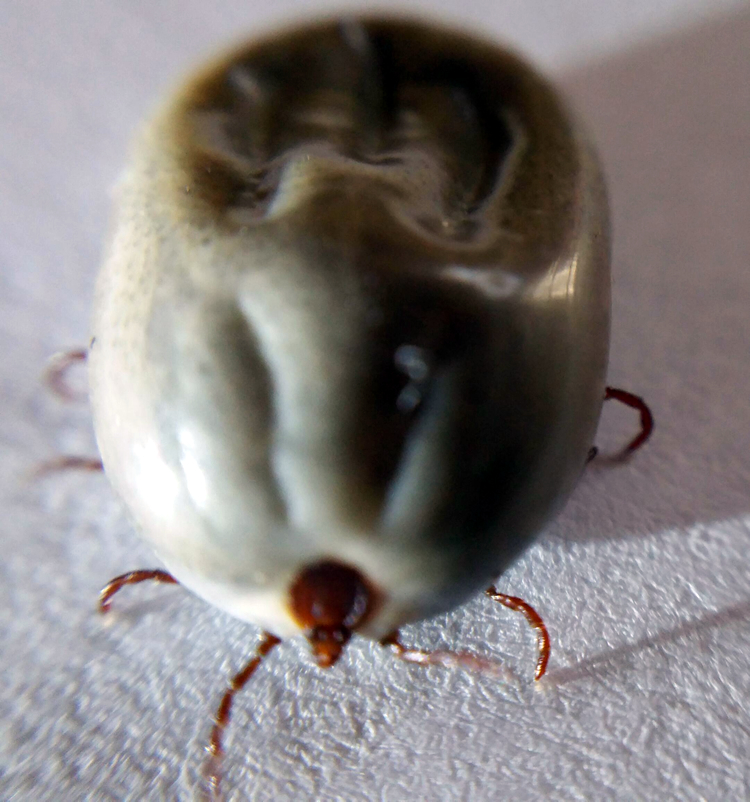
According to the CDC and Quest Diagnostics, tick prevalence has reached higher levels than ever, and they are attributing it to climate change. It is believed that higher temperatures are creating the “perfect storm” for the spread of tick populations. It is believed that ticks are living longer and spreading to areas in the United States, which they have previously not inhabited. If you ask me, opossums have their work cut out for them in Lyme prevention!
Where is Lyme disease most prevalent, and where is it notably increasing?
Tick-borne illnesses used to be concentrated mainly in the Northeast United States and upper Midwest. All 50 states and the District of Columbia now have reports of tick-borne disease. In 2017, Quest Diagnostics reports that 61% of Lyme cases were in Massachusetts, Connecticut, Maine, New Hampshire, Rhode Island, and Vermont. Though, notable increases were seen from 2015 to 2017 in Georgia, Arizona, Ohio, Texas, Tennessee, and Virginia.
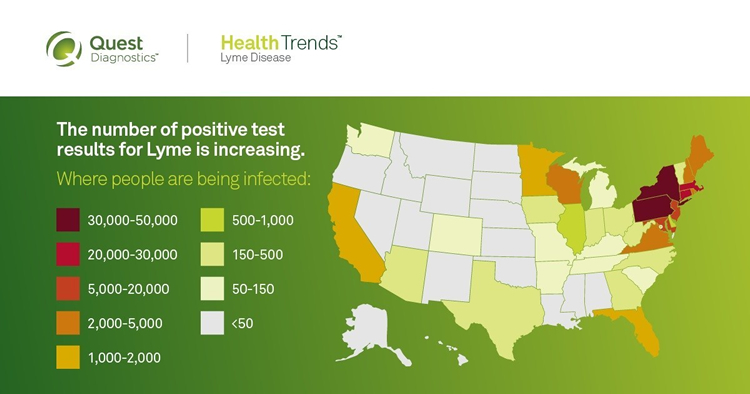
Nature’s little exterminator eliminates garden pests, worms, slugs, and disease spreading ticks – talk about natural Lyme prevention!

I write about tick control and Lyme awareness, because it’s THAT IMPORTANT to Central Mass residents. Our state is among those with the most reported cases of Lyme and other tick-borne illnesses. It is just as important that we spread the word of the importance of the opossum’s role in tick prevention.
Many of us see them as nasty rodent-like nuisances, but they are tick magnets! Ticks love to attach themselves to opossums, and opossums are big-time groomers. They can have up to 200 ticks on them at one time, attempting to attach for a blood meal. Opossums will effectively eat most of the ticks before they attach. Opossums prevent ticks in two ways. First, ticks are attracted to them, and try to infest them. Secondly, opossums devour the offending ticks. We need not attempt to eliminate opossums from our yards – shew them away if you see them, but do not harm them!

Plus, it could be argued that opossums are actually pretty adorable!
As always, I hope that you have considered the importance of tick control for your Central Mass home and family. There are EPA-registered and all-natural tick control methods available in our area, which will eliminate up to 95% of the tick population around your home for up to three weeks between treatments!
